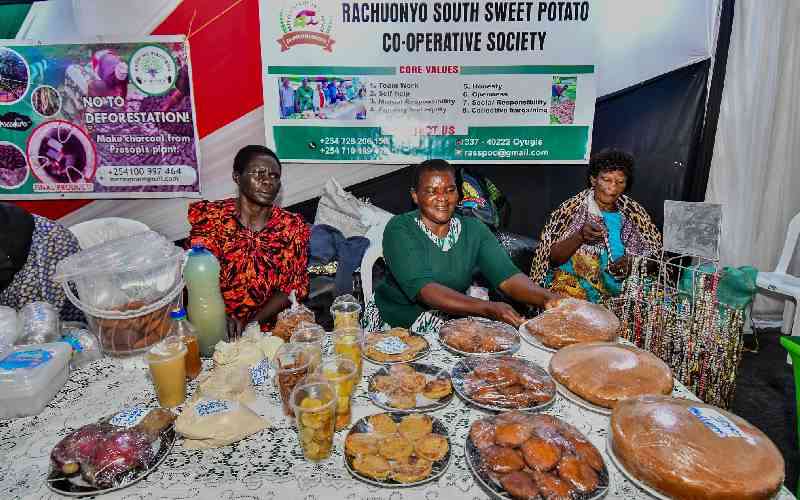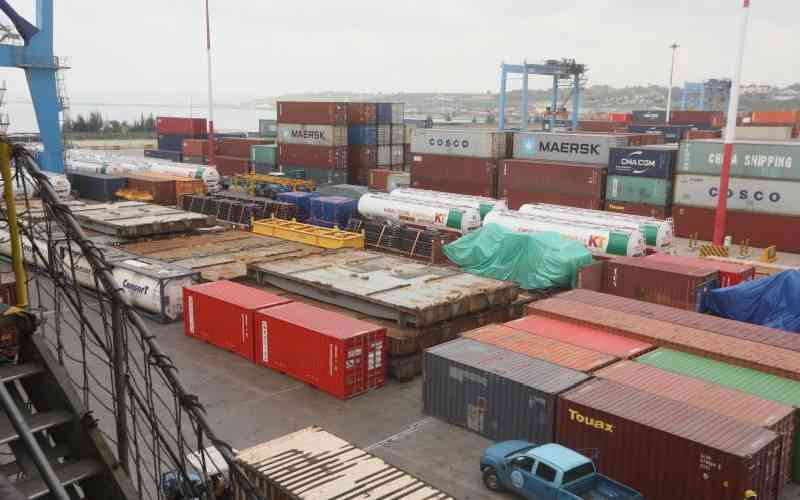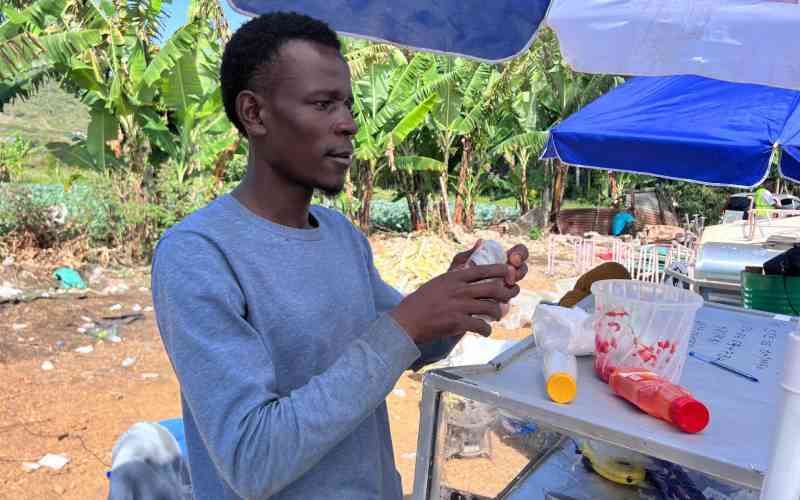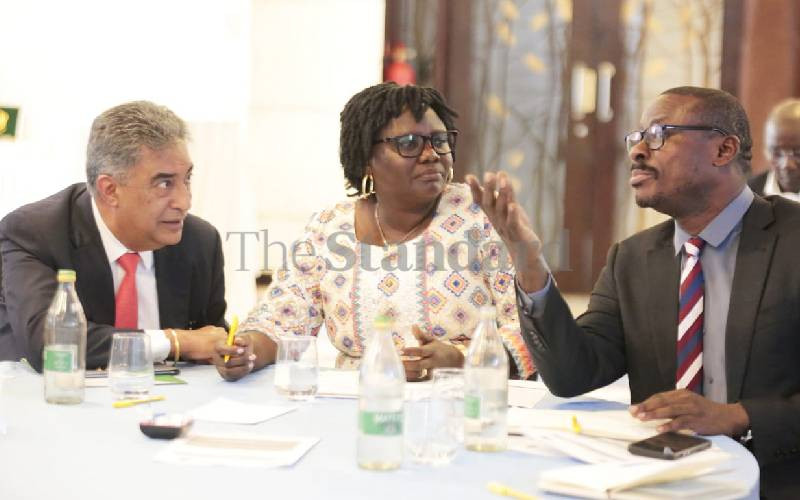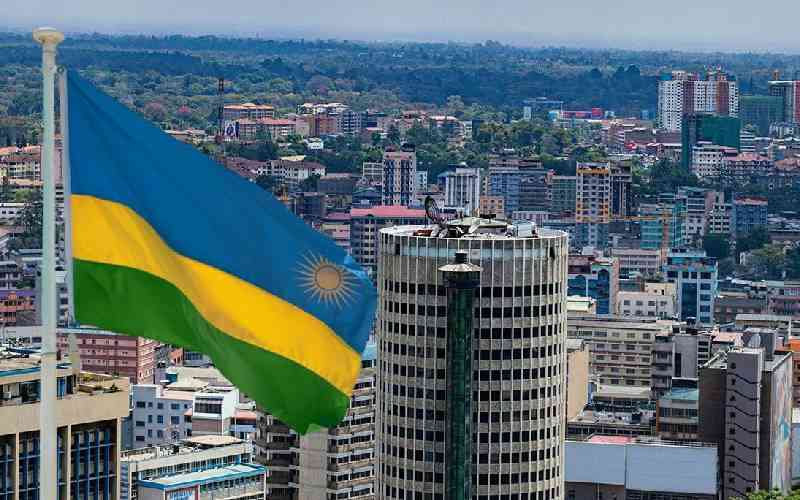
I have read numerous books and listened to several documentaries on the Rwanda genocide. I have visited the Kigali genocide memorial a couple of times.
But the depravity of the human being hits one afresh when you visit the Nyamata Genocide Memorial, about an hour’s drive from Kigali. Before I talk about Nyamata a few truths about the new Rwanda. Kigali and its environs are exceptionally clean and well-maintained. Speed limits are effective, monitored through a network of cameras that alert you as soon as you exceed the required limits.
The streets have more boda bodas than Kenya, but they are neater, all helmeted, and more organized. The streets are safe, even at night, you hardly hear of the incidents that are the bane of other East African capitals. The place has blossomed with new developments dotting the skyline.
The huge swamp next to the city is being converted to a massive artificial lake comprising commercial offerings and entertainment arenas. Nairobi had better watch out. The only thing we beat Kigali in is vibrancy; Kigali is relatively sullen and closes down completely at 1 am, just when Nairobi is warming up.
But back to Nyamata. Back in the 90s, Nyamata Catholic church was the place of refuge for the largely Tutsi community, which resided in Bugesera District. When ethnic attacks against the Tutsis intensified in the 90s, some in the church rallied against it, prominent among them being Antonette Locatelli, an Italian nun who was shot and killed by an army officer to silence her in 1992. It was therefore no surprise that after the genocide started in 1994, thousands of Tutsis ran to the church for refuge.
In these sacred premises, they were cornered and butchered, with their killers throwing pepper among the dead bodies to ensure no one was still alive. Most of the killings were with machetes, notable by the skulls that are displayed in the church. The church altar was used to cut babies out of women’s wombs to ensure none survived. The bloodstains are still notable on the altar, decades later.
Close-door neighbours
Of the roughly 45,000 buried in mass graves at the memorial grounds, almost 10,000 were killed within the church. I share these gory details to bring to life the extent of human depravity. These killings were not by soldiers whose training normalises the killing of others. This brutality was carried out by regular human beings, the kind that we live with every day.
The massacres were deemed legitimate by their perpetrators, who branded their victims vermin that needed to be decimated.
Thirty years after the massacres, Rwanda remains traumatised. To his credit, President Paul Kagame has worked hard towards inculcating a “one Rwanda” philosophy. He has done away with the Belgian-initialed ethnic categorisation in Identity Cards.
All regions in Rwanda get equitable allocation of resources, and the government is a mixture of Tutsis and Hutus. But when the guard is down, Rwandese of Tutsi descent will talk with bitterness about the loss of whole families, killed by people they know and who have since left jail. Once they trust you, Hutus will speak of regret at the events of 1994 but argue that there was a context that explains the genocide, even if it doesn’t justify it. To them, that context remains untold.
They appreciate President Kagame but contend that in his government are some who promote the “Tutsi dominance” that resulted in the genocide. But these are not public conversations in Rwanda. What lessons does Rwanda’s terrible history and slow renaissance have for Kenya?
Firstly, we must not feed the ethnic demon that dehumanises others and justifies their extermination if the right catalyst occurs. To fully bury this demon, we must build a truly equitable Kenya where no one feels like a second-class citizen.
Stay informed. Subscribe to our newsletter
But we must also allow honest discourse on the warts in our history so that we can truly bury them and not allow them to simmer waiting for the opportune moment to erupt. On the positive side, Rwanda’s story affirms the possibility of building nations from ruins and the resilience of the human spirit. How I pray that this great country truly learns from its history and says together “Never Again”.
The writer is an advocate of the High Court of Kenya

